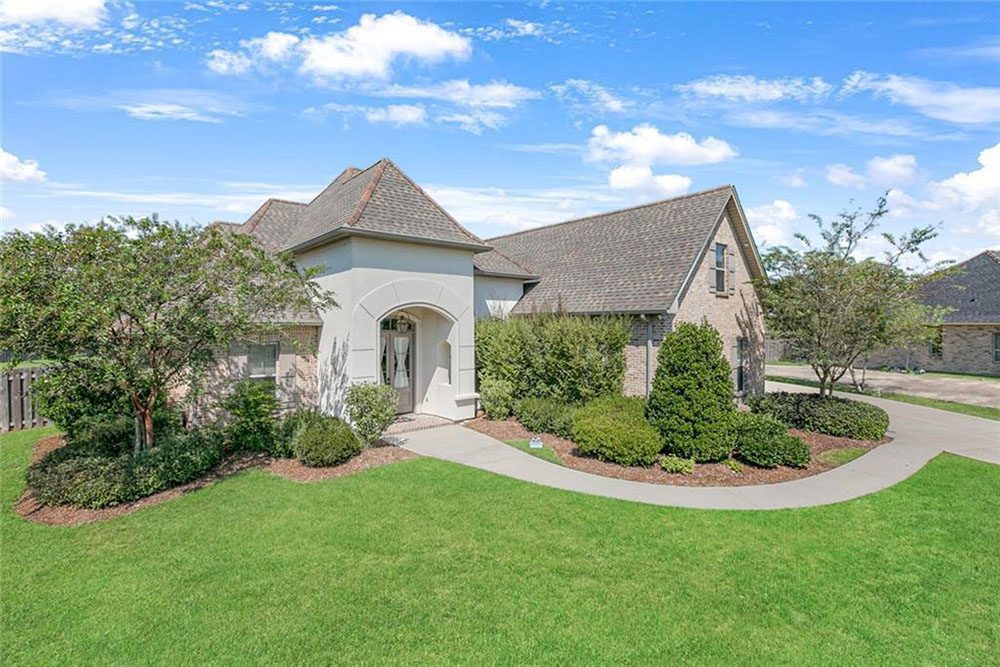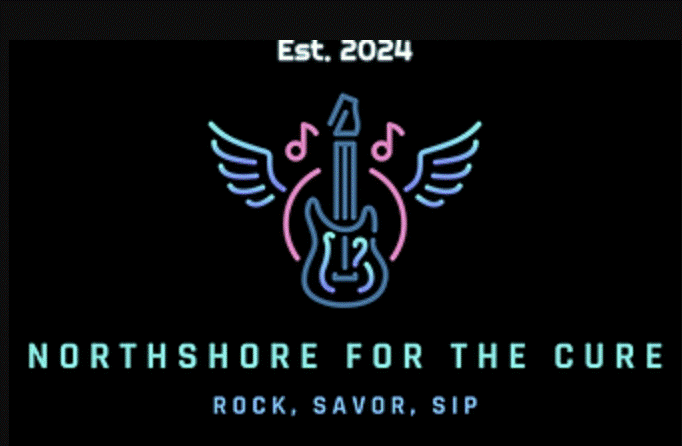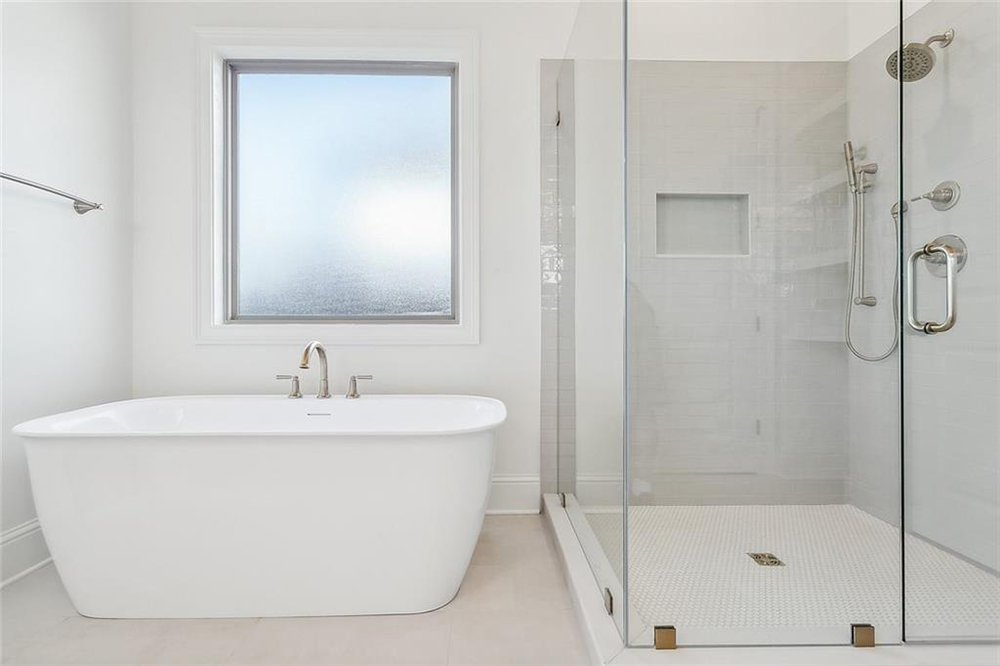Understanding Mortgage Prequalification vs. Preapproval
When buying a home, the terms prequalified and preapproved are often used interchangeably, but they have distinct meanings.
Prequalification vs. Preapproval
Prequalification is an informal initial step that gives potential homebuyers an idea of what they might be able to afford. It typically involves self-reported financial information and can be done online or over the phone. In contrast, preapproval is a more detailed process that requires lenders to thoroughly review your financial situation.
After this review, you’ll receive a letter stating you’ve been preapproved for a mortgage up to a certain amount. While it’s not a final commitment, it shows sellers that you’re serious about purchasing a home.
What is Prequalification?
Prequalification helps homebuyers determine a rough budget for house hunting. The process involves providing income information and possibly undergoing a soft credit check, which doesn’t affect your credit score. Based on this information, lenders give a general estimate of how much you might be approved for.
The process is simple—no mortgage application, fees, or financial documentation is needed. Prequalification can be done online and serves as a good starting point for understanding your potential buying power.
A Zillow survey found that about 27% of prospective buyers who haven’t started working with an agent have been prequalified. While prequalification doesn’t guarantee approval for a specific loan amount, it can help buyers narrow their options and begin discussions with lenders.
After prequalification, buyers usually receive a letter that can be shared with agents or sellers as proof they’re engaging with a lender.
What is Preapproval?
Preapproval comes after prequalification and is a more formal step. It involves filling out a mortgage application, providing financial documentation (such as bank statements and paystubs), and undergoing a hard credit check.
According to Bank of America, “preapproval is as close as you can get to confirming your creditworthiness without having a purchase contract in place.” Once preapproved, you’ll receive a letter indicating the maximum loan amount you qualify for. While it’s not a firm commitment, it typically lasts up to 90 days, depending on the lender.
Preapproval shows sellers you’re serious about purchasing, which is an advantage in a competitive market. According to Zillow’s 2022 Consumer Housing Trends Report, 85% of sellers prefer offers from preapproved buyers. Many real estate agents also favor showing homes to buyers with preapproval letters.
You can get preapproved with more than one lender, which may help you secure a better deal. Research from Freddie Mac found that obtaining multiple quotes could save buyers up to $1,200 annually. However, multiple mortgage applications within a short time frame may impact your credit score.
When to Get Prequalified or Preapproved
If you’re just beginning to consider buying a home, prequalification is a simple first step. It offers a quick, hassle-free overview of your borrowing potential.
If you’re ready to make a purchase, it might be better to skip prequalification and proceed directly to preapproval. Keep in mind that preapproval letters have expiration dates, so it’s best to obtain one when you’re prepared to start house hunting and make an offer.




